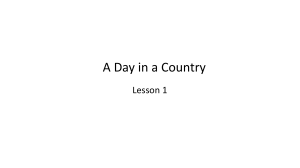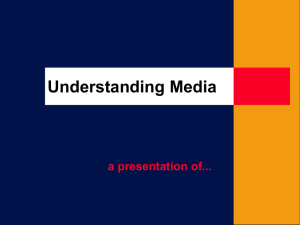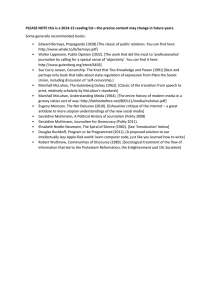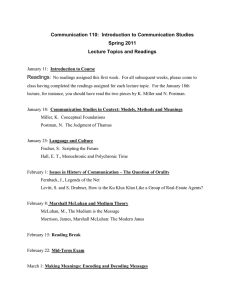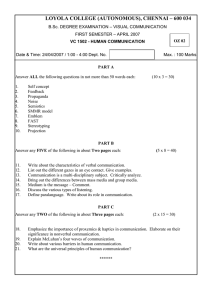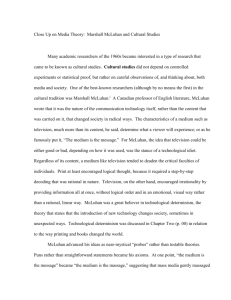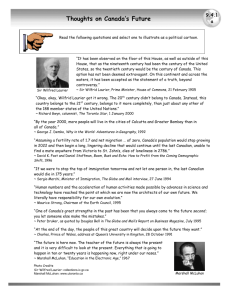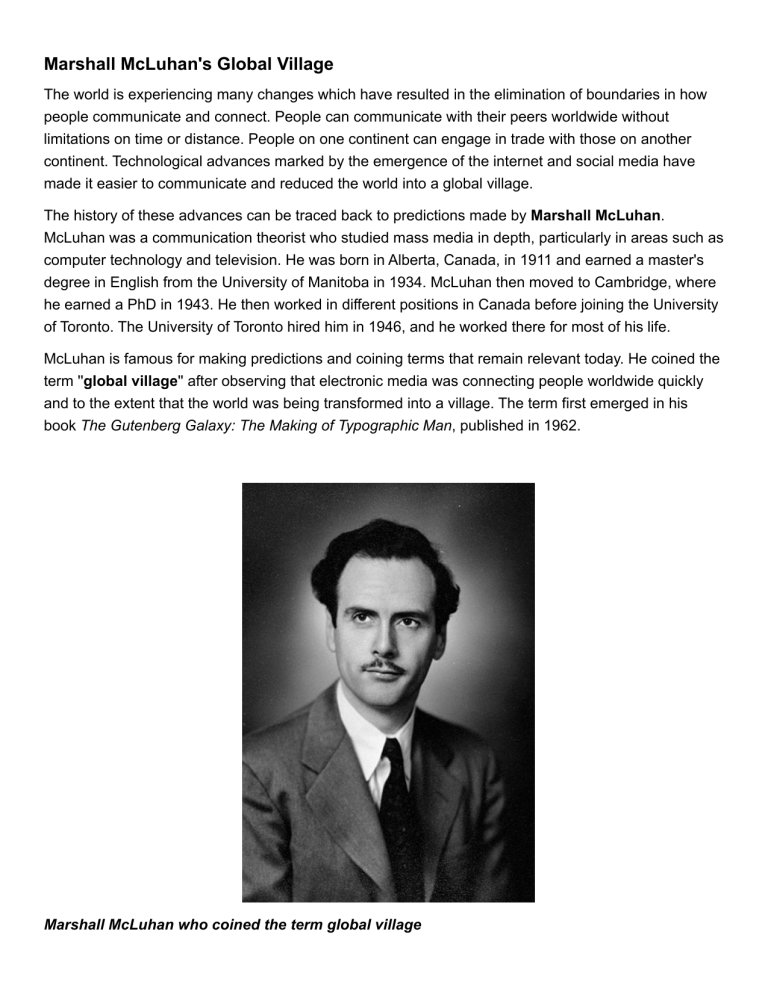
Marshall McLuhan's Global Village The world is experiencing many changes which have resulted in the elimination of boundaries in how people communicate and connect. People can communicate with their peers worldwide without limitations on time or distance. People on one continent can engage in trade with those on another continent. Technological advances marked by the emergence of the internet and social media have made it easier to communicate and reduced the world into a global village. The history of these advances can be traced back to predictions made by Marshall McLuhan. McLuhan was a communication theorist who studied mass media in depth, particularly in areas such as computer technology and television. He was born in Alberta, Canada, in 1911 and earned a master's degree in English from the University of Manitoba in 1934. McLuhan then moved to Cambridge, where he earned a PhD in 1943. He then worked in different positions in Canada before joining the University of Toronto. The University of Toronto hired him in 1946, and he worked there for most of his life. McLuhan is famous for making predictions and coining terms that remain relevant today. He coined the term ''global village'' after observing that electronic media was connecting people worldwide quickly and to the extent that the world was being transformed into a village. The term first emerged in his book The Gutenberg Galaxy: The Making of Typographic Man, published in 1962. Marshall McLuhan who coined the term global village Another term he is known for is ''the medium is the message.'' With this phrase, McLuhan implied that the qualities that define a medium have an impact equal to that of the information that it carries. This phrase first appeared in his book published in 1964 titled Understanding Media: The Extensions of Man. McLuhan is also recognized for having predicted the internet decades before it was introduced. Quiz Course 44K views What is a Global Village? McLuhan described the global village as a situation where all people worldwide would be more connected through modern technologies. The global village definition implies that even when people are not physically close, they can still connect, share experiences, and access the same information through technologies, such as social media. Through these platforms, people can express themselves and make an impact on any part of the world. The internet has also made it easy for real-time communication. It has also enabled people to interact with one another, inform others, share their views, and even form social groups with people far away from them. This interconnectedness through technology is a major characteristic of a global village. The following points further explain McLuhan's idea of the global village. McLuhan believed that human history occurred in four ages: the acoustic, literary, print, and electronic ages. A lack of direction and an absence of innovation characterized the acoustic age. The use of the alphabet and phonetics marked the literacy age. Improvements in communication resulted in printing, which culminated in written documents that were critical in reducing the time needed to communicate worldwide. The invention of the radio, the telephone, satellites, and submarine cables marked the beginning of the electronic age. According to McLuhan, the world was transitioning into the electronic age in which people worldwide would be more interconnected and communicate through technology. The electronic age would be an era of instant communication, and people living in one part of the world could share experiences with those in other parts in real time. Consequently, the world would be reduced to a village. Although McLuhan neither clearly foresaw the internet nor called it so, he made predictions whose outcomes match the internet and modern technology. In 1962, McLuhan predicted that technology would simplify the distribution of information worldwide. He believed that interconnectedness through technology would create a global village. This prediction materialized about 30 years later when the source code for the world wide web was released to the public in 1991. Since the release, web pages and websites have been created that have enabled people to access information anytime and anywhere. Therefore, by talking about the "global village," McLuhan implied the internet. Initially, a messenger would take days or weeks to carry information to the intended audience. Later, newspapers, televisions, and radios were invented, shortening the time taken to spread information across the world. Modern technologies have led to instant communication through social media platforms, such as Facebook and WhatsApp. Similar difficulties were being experienced in trade, where it would take a long time for people to engage in barter trade. One would also need to visit a market to carry out trade. With the emergence of the internet, online marketplaces were created where people could order products online and have them delivered to their homes. The Medium McLuhan defines the medium through the title of his book, Understanding Media: The Extensions of Man. Through this title, he implied that a medium is anything that extends the capabilities of human beings. For example, the radio is a medium since it enables people to access a lot of information in a short period of time. By claiming that the medium is the message, McLuhan implied that the medium would be of equal significance to the message. He insisted that people were no longer responsive to the contents of a message but to its effect. This effect was, in turn, shaped by the medium. Hence, as people listen to the radio, meaning is generated not from the words but from the impact that the radio causes. Similarly, a person reading a newspaper about a certain occurrence has a different experience from a person listening to it on the radio or another watching a video of the experience. McLuhan's theory on the significance of a medium in relation to the message is evident with the proliferation of social media, which has had numerous societal impacts worldwide. Through social media, people are able to share information in real time. A popular belief that he held was that the world was transitioning into an electronic age where people would receive information in real time without the need to wait. This is evident in the way people communicate and share information with those far from them using laptops, websites, social media platforms, smartphones, and watches. Rather than waiting for a news broadcast, people can easily find the content uploaded on social media sites such as YouTube and stream it. Lesson Summary Numerous technological advancements have made it easy for people to communicate with those who are far away from them. A message that would have taken weeks to deliver can now be delivered instantly. Marshall McLuhan foresaw these advances and described them in several books, including Understanding Media: The Extensions of Man. He is known for coining the phrase ''global village,'' which he did after seeing how electronic media made it easy for people to communicate. McLuhan defined a global village as the interconnectedness of people worldwide through modern technologies, allowing them to share information and experiences. McLuhan believed that the world was experiencing a transition into an electronic age where modern technology would connect people and enable them to communicate easily. He made the prediction about the interconnectedness resulting in a global village in 1962. This prediction came true about 30 years later when the world wide web was released to the public. This allowed people to create websites that made it easy to access information. McLuhan is also popular for his phrase ''the medium is the message.'' He implied that the medium would be just as important as the message. Rather than responding to the content of a message, people respond to the message's impact, which is shaped by the medium. This theory is evident today through social media, which has had significant social impacts on the world. To unlock th
